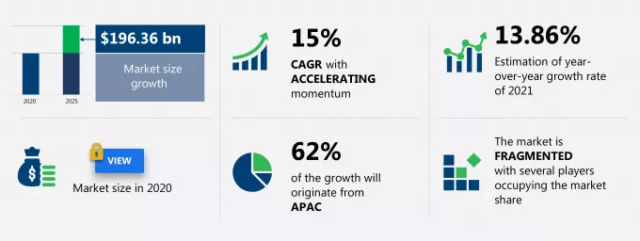Let’s face it, we’re living in the age of entrepreneurs. Today, anyone with a good idea and a fair amount of social media savviness can launch their own business. While this is excellent news for those looking to start a side hustle, it can be intimidating for someone who is launching their first business venture.
If any of these have been on top of your mind, you might as well have heard about crowdfunding. It’s an upgraded version of fundraising, and technology takes full credit for enhancing it.
Crowdfunding is a way to raise capital for a project by soliciting cash from considerable people interested in supporting the venture. Successful crowdfunding can be a significant way to raise money, grow your business, or access multiple potential investors. It provides businesses with a sense of validation and monetary support for upgrading products/services.
This article will walk you through the basics of successfully crowdfunding your business ideas and goals.
The Types
Understanding the types of crowdfunding will ensure what kind is best suited for your business. There are four main types to consider even before you think of starting a crowdfunding campaign.
Rewards-based crowdfunding is for raising money by rewarding the customers even before the product launch. It’s a steal deal advantage for customers as they invest money in return for products and services. Sites like Indiegogo and Kickstarter are famous for this kind of funding. It’s like driving early fans and customers to your business.
Donation-based crowdfunding is just as the name suggests, it’s charity. There is no stake in terms of shares or promised services. It’s a generous act to give money for a shared interest or a cause. Most NGOs fundraise money for a social or environmental cause. Gofundme is a site to look into if you want donations for a reason.
Debt-based crowdfunding is when it involves a bank giving a loan for raising money. It works similarly to a credit system. Startups can take business loans online where systems match borrowers and lenders. Lending Club is the site if you are looking for such fundraising.
Finally, equity-based crowdfunding is when a company decides to offer shares in return for investors’ funds. AngelList, OurCrowd & Seedrs are aces in such types of crowdfunding.

Image Source: Crowdfundly
The Benefits
Startups have to take calculated risks. Crowdfunding often has next to no upfront costs attached. It also lends you a free mind as you can start with no debts. As you understand the willingness of people to fund you, it’s a better form of understanding the market better.
Through online panels, social media pages, and other platforms, it will be more manageable to know the audience’s perception and generates an interest-feedback cycle. Personally invested people can help your campaign do better and help you build loyalty programs in the future.
Financially speaking, times have changed. The 2020 pandemic or changing employment scenarios are challenging times to sustain in such an economy. Such effective risk management options assure sustainability and success.
The Drawbacks
Learning from the mistakes of others allows you to not repeat them. So it’s crucial to take significant time, energy, and resources to chalk out a plan for successful crowdfunding. Creating a standard operating procedure is an ideal thing to do before launching a campaign. You don’t want to look like an unprofessional amateur.
Crowdfunding campaigns are usually inflexible once they are launched. You cannot change the terms & conditions, descriptions, and allotted time for completing the campaign. So you have to be very clear about what you want and what you don’t.
All online platforms for crowdfunding take a certain percentage of your gathered investments. Understand all the hidden costs before choosing a platform. So, weigh the suitable option fitting into your budget and aligning with the crowdfunding goal.
Communication is the essential key to maintaining good relationships with your investors. For an effective campaign, you will need to be on your toes for whatever information you are willing to share with your audience.
Endnote
For crowdfunding to be successful, your startup has to be placed on a strong and unique idea. To communicate these ideas, you will need a great story. Everybody likes a good story that they can connect to. While adopting storytelling, you must maintain transparency with your audience.
Of course, crowdfunding is done for a cause. A cause is so important that you need enough resources to make it come true. It’s no use until you transfer your vision to the ones investing in your idea. Back your desired funding with a budget and stick to it. You have to make your investors believe in your purpose.
Expand your network. Crowdfunding goes by one distinct phrase, the more the merrier. In the end, it’s important to keep your branding consistent and effective.



